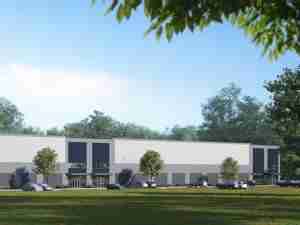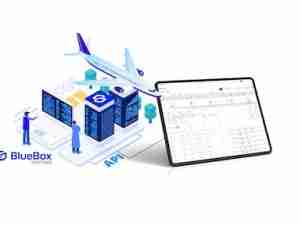Using the station's 58-foot long (18-meter) robotic arm, astronauts aboard the station plucked Dragon from its berthing port and released it into orbit as the ships sailed 252 miles (406 km) above the planet south of Australia.
Flight controllers with privately owned Space Exploration Technologies, or SpaceX as the company is known, then stepped in and remotely commanded Dragon to fire its steering thrusters to leave the station's orbit.
"It looks beautiful from here," station flight engineer Thomas Marshburn radioed to Mission Control in Houston as the capsule flew away.
"Sad to see the Dragon go. Performed her job beautifully, heading back to her lair. Wish her all the best for the splashdown," Marshburn said.
The Dragon cargo ship reached the station on March 3rd with more than 2,300 pounds (1,043 kg) of science equipment, spare parts, food and supplies. It was the second of 12 planned cargo runs for NASA under a $1.6 billion contract. A second freighter, built and operated by Orbital Sciences Corp (NYSE:ORB) is expected to debut this year.
The U.S. space agency hired both firms to fill the gap left by the retirement of its space shuttle fleet in 2011.
Dragon's arrival was delayed a day while SpaceX engineers grappled with a thruster pod problem that had threatened to derail the mission.
"I don't want to go through that again. That was hard-core," SpaceX founder and chief executive Elon Musk said during a keynote speech at the South by Southwest conference in Austin, Texas, earlier this month.
Precision Rendevous
Engineers believe the glitch was caused by a blockage in a pressurization line or a stuck valve. It was cleared and the capsule made a precision rendezvous with the station with no problems. An investigation remains under way, said company spokeswoman Christina Ra.
Dragon will return to Earth with 2,668 (1,210 kg) of cargo , including a freezer filled with biological samples from the crew for medical research.
While Russian, European and Japanese freighters also service the station, only the SpaceX vessel is designed to return cargo to Earth, a critical transportation link that had been lost with the retirement of the shuttles.
SpaceX is working to upgrade the Dragon capsule to fly people as well.
A test flight with company astronauts is targeted for 2016.
In addition to enhancing the Dragon capsules, SpaceX is working on an upgraded Falcon 9 rocket. Last week, the rocket's new Merlin engines completed a 28th and final test run, certifying it for flight, Ra said.
The company plans to debut its upgraded Falcon 9 rocket on a science satellite-delivery mission for the Canadian Space Agency in June. That rocket also will be the first flight from SpaceX 's new launch pad at Vandenberg Air Force Base in California. Five previous Falcon 9 flights have launched from Cape Canaveral Air Force Station in Florida.
Dragon's return initially was scheduled for Monday, but it was docked an extra day because of high seas in the Pacific. Splashdown is expected about 214 miles (344 km) west of Baja California.
A recovery ship will retrieve the capsule and ferry it back to the Port of Los Angeles, a journey expected to take about 30 hours.
Meanwhile, Orbital Sciences Corp, which holds an eight-flight, $1.9 billion NASA contract for station resupply flights, plans to test launch its new Antares rocket as early as April 16 from the commercial Mid-Atlantic Regional Spaceport at NASA's Wallops Flight Facility in Virginia.
Orbital's Cygnus cargo capsule is targeted to make a demonstration run to the space station later in the year. (Reuters)











